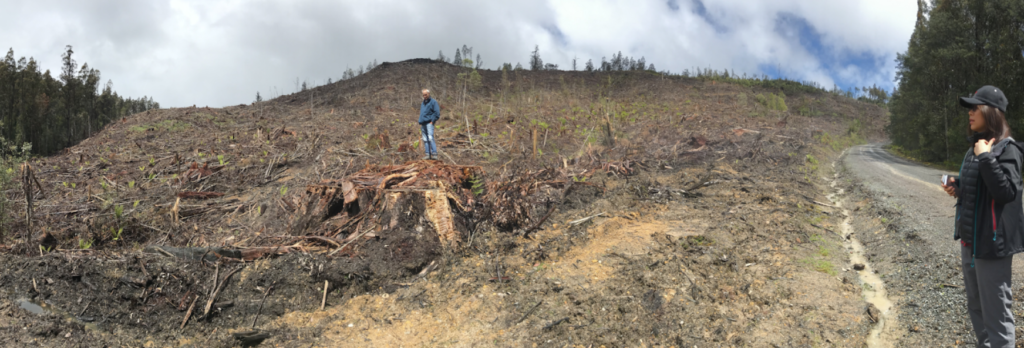What are the main threats of climate change?
This is a great question and a really important one, because if we can understand what the main threats of climate change are, we can do something about them! The first thing to understand is that we are talking about anthropogenic climate change. This refers to climatic changes caused by human activities (anthropocentric meaning human). Climate change is ultimately caused by releasing greenhouse gases into the atmosphere which contributes to global warming. You can find some great information about greenhouse gases, global warming and their relationship with climate change from Dr Beth Fulton and Deniz Yildiz.
Threats are, therefore, activities that contribute greenhouse gases to the atmosphere. The biggest threat and production of greenhouse gas emissions is our use of fossil fuels. Fossil fuels are hydrocarbon-containing materials, such as coal, petrol and natural gas, formed underground from the remains of dead plants and animals a long, long time ago that humans extract to use for things like generating electricity, driving cars and machinery.
Another major threat is deforestation which is the cutting down and often burning of forests, such as the Amazon rainforest, and also forests here in Tasmania.

Intensive agriculture contributes significantly to the release of greenhouse gases to the atmosphere as well. Cows and sheep produce large amounts of methane (a greenhouse gas) when they digest their food, and this gas adds to the greenhouse effect on the Earth. Furthermore, animals need fields to graze on, and this leads to deforestation.
The use of nitrogen fertilisers to support intensive agriculture is another contributor to climate change because they produce nitrous oxide emissions.
Last, but by no means least, fluorinated gases contribute to greenhouse gas emissions. These particularly damaging gases are emitted from equipment and products such as commercial and industrial refrigerators, air-conditioning systems and heat pumps. Such emissions have a very strong warming effect, up to 23,000 times greater than that of carbon dioxide.
What is important to remember though is that there is great work being done to combat ALL of these threats.











